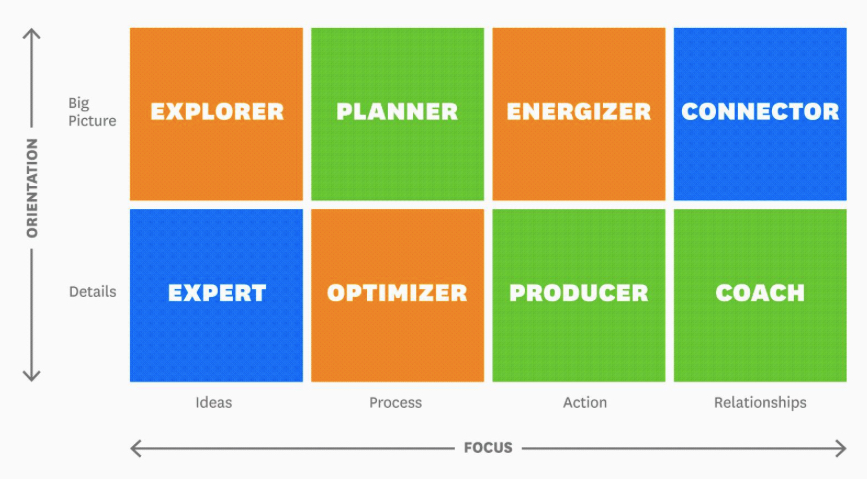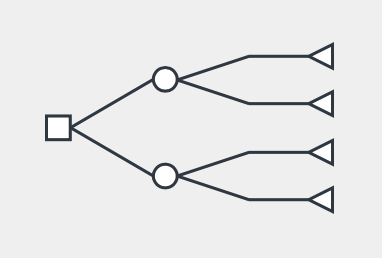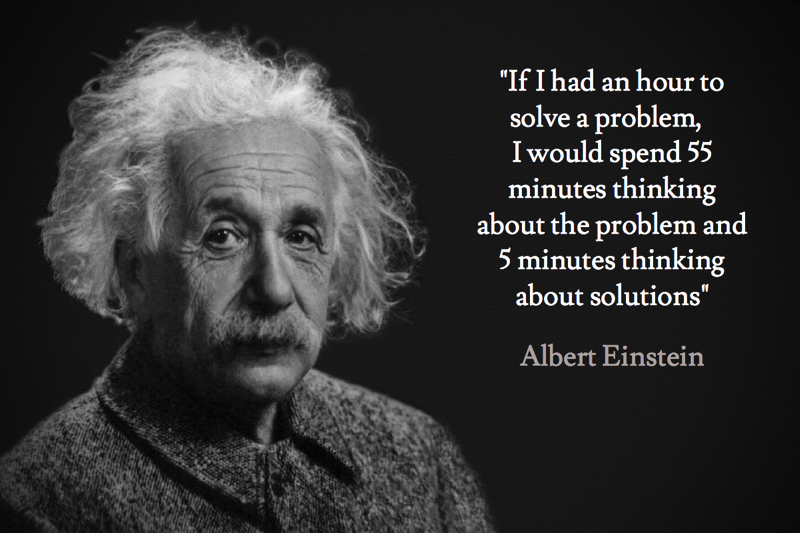
Decision Making is one of the most important skills of a good leader. Some believe it is an innate skill, you are either good at it or you aren’t. While it may be true that it does come more naturally to some, it is a skill that can be learnt. While both time and experience do play a factor, learning how to think and understanding some of the techniques and tools of problem solving could get you there quicker.
Avoiding Decision Fatigue
Start by avoiding decision fatigue. Decision fatigue is a real phenomenon that most leaders suffer from. Ever stand in the supermarket after work and can’t make your mind up over chicken or steak, red or white, vanilla or chocolate? President Obama was known to wear the same colour suits and eat the same menu daily. “I don’t want to make decisions about what I am eating or what I am wearing as I have too many important decisions to make” He understood the cognitive load each decision takes and the limited capacity of the human brain, therefore he decided not to waste any of this processing power on futile decision making.
In one particular study, researchers looked at more than 1,100 parole hearing decisions made by judges in the U.S. What they found was that the time their case was heard was more influential in the outcome than the crime itself or the person’s background. The earlier in the day the case was heard the more likely parole would be granted. The mental work of ruling on case after case wears the decision maker down and the choices you make later in the day become more difficult. The more decisions you need to make during the day, the worse you’re going to be at weighing all the options and making an informed choice by the end of the day.
While its best to make your most important decisions earlier in the day sometimes you don’t have a choice. You may have to delve deeper and employ some different modes of thinking or use one of the problem solving tools below to help you make better decisions.
Modes of Thinking
Inverse Thinking
Starting with the most basic and one I’m sure we have all used in our personal as well as our professional life is the pros and cons approach. Listing the advantages of moving forward with a particular decision and the disadvantages of moving forward. This can be expanded into inverse thinking mode and you can list the advantages of not moving forward and the disadvantages of not moving forward. Sometimes we get stuck in a particular thinking mode and we don’t see the inverse scenario as being just as important to contemplate.
Scenario Thinking
This leads onto scenario thinking. Scenario planning is a technique used in strategic planning. When we don’t know what the future holds it is difficult to make decisions but if we project ourselves into the future with a couple of possible stories of what the future will bring it allows us to plan for these alternative realities. When doing so we encourage our brain to think of eventualities we may not have previously thought of leading us to expand the reach of our traditional decision making process.
Convergent & Divergent Thinking
Traditionally convergent thinking was looked upon with some negativity. Uncreative people working with the limited options that they already have and choosing between them. But we now realise that the best decisions are made using both models of thinking. With most decision making we start with divergent thinking, we brainstorm ideas, look at scenarios and eventualities. The more creative and wider we explore possibilities we give ourselves more options from which to find our solution. Convergent thinking is when we narrow our options we start to hone in the logic. We can sort our ideas into different categories and reduce the ideas that will be most likely to solve our problem.
Critical Thinking
Critical thinking is a skill that we assume most good leaders have, the ability to assess all the facts and see the potential where others see none. Here’s what is expected of a critical thinker. They must question assumptions. They don’t go with the obvious but question what’s behind each decision. They look at different perspectives. Working in a cultural and gender diverse workforce helps us to look at problems and solutions from many different angles. Different people have different perspectives. Critical Thinkers see potential. They know to look at problems and challenges as opportunities rather than problems.
Your Thinking Style
In the HBR article What kind of Thinker are you? Mark Bonchek and Elisa Steele identify eight different types of thinkers. On the X axis is your Focus, whether you favour Ideas, Process, Action or Relationships. On the Y axis is your Orientation, are you Big Picture orientated or Detailed?

They suggest that when you know your thinking style, you will understand what naturally energizes you and why certain types of problems are more challenging or more boring for you. If we can understand how we naturally think, for example some people are big picture and relationship orientated we will be more aware of the areas that we are less inclined to focus on to solve particular problems.
Problem Solving Models
Decision Trees

A decision Tree is a way to explore different options and each option has different options to explore. A decision tree can help clarify the different choices, risks, objectives involved in any decision. It gives us another way to take the emotions out of decision making and take a look at the all the options available. The tree branches can continue to grow until you have analysed all of the options and all of the potential outcomes of that option. One of the advantages of this model is that you can see all options in the same place at the same time allowing for more enlightened decision making.
Pareto Analysis
The Pareto Analysis uses the Pareto Principle for problem solving. The Pareto Principle suggests that 20% of causes generate 80% of results. Sales Executives use the principle when thinking about their clients and products. Apparently 20% of customers will give you 80% of your revenue or it could be 20% of your products that amounts to 80% of revenue. The figure is not exact, the phenomenon will often appear as a 15/85 or a 30/70 split. The Pareto Principle can help with focus and Productivity also ensuring you are focusing your attention on the 20% work that is giving you 80% of your results.
With a Pareto analysis you start by identifying a number of problems. You need to get to the root cause of these problems by using information gathering techniques, such as brainstorming or the 5 Whys (see below)
 Take for example customer complaints. You know some of the causes of customers complaints but you don’t have the resources to tackle all reasons so you want to focus on what’s causing the most amounts of complaints.
Take for example customer complaints. You know some of the causes of customers complaints but you don’t have the resources to tackle all reasons so you want to focus on what’s causing the most amounts of complaints.
It could be lack of training or absenteeism. By doing a Pareto analysis you can score all of the causes and focus on the one that will give you the biggest return on your investment.
In reality these tools only give one part of what is needed when making a decision; data but data is not everything. Of course having the data can help you to make an informed decision when the time comes but there are other factors involved.
Past Experiences
Experience of course has a large part to play when it comes to making good decisions. The more good decisions you have made in the past can give you confidence to continue to make similar decisions. Bad decisions can also help as we know that we often learn more from failure than success. So when it comes to decision making the more you have under your belt the better.
Gut Instinct
Some Leaders will cite their success on their ability to listen to their gut, others give no weight to this decision making method. While gut can play a part we need to back up our gut instinct with data. Many companies make bad decisions in the interviewing process because the interviewer tends to choose the candidate that they like the best, the one most like them. This is not necessarily the best person for the job or the company. When gut instinct is backed up with solid data it can be a powerful decision making technique.
Goals and Values
When you struggle to make a decision a good gauge can be values and goals. By checking in regularly with company goals and values you can determine which decision will best fit. If a possible course of action or a potential solution is not in keeping with the company values that should be a red flag to go search for another solution. Having clear values and goals can help everyone on your team to make the right decisions.
But most importantly we should learn from the best:

The 5 Whys
Too often we come up with solutions to the wrong problems. Understanding the problem is the most important factor for problem solving and decision making. A quick powerful methods for understanding the problem is the 5 Whys. This will help you to get to the root cause of an issue and ensure you don’t take the first explanation as the cause of an issue. Listening and asking questions is one of the most important lessons to learn when it comes to both Leadership and Life. The more you understand the more you will come with the right solutions to the right problems.
Decision Making and problem solving are not a part of leadership that cannot be ignored. How skilful you are at making decisions and making them fast will be a determining factor in your future success, so if it is not a natural skill you possess spend some time adding some techniques and modes of thinking to your toolkit so the next time there is a leak in the pipe you know exactly what tool you can use.










